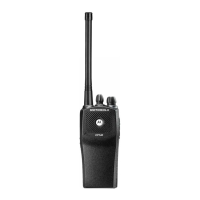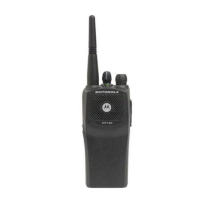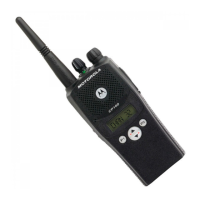Squelch Features 2-13
7.2.2 PL Reverse Burst / DPL TOC
A Reverse Burst or Turn Off Code (TOC) can be generated when the PTT is released on a channel
transmitting PL/DPL (respectively). It is sent to indicate the end of transmission to the receiving
radio and so reduce squelch tail.
These are the equivalent of 5 tone Cleardown / Remote Close calls.
Benefits
❏ Different groups in an organization can share a channel
❏ Users don't hear the communications of other groups
7.3 Monitor
Monitor allows the normal Receive Squelch Mode to be temporarily disabled. This allows voice
activity on a channel to be listened to. It is particularly useful in radio systems when a single
communication channel is shared by several different teams of people, as it allows individuals to
check that the channel is free prior to making a call.
7.3.1 Monitor 1 and Monitor 2 Modes
The CM300 Series radios have 2 monitor modes; normally short press for Monitor 1; long press for
Monitor 2. Monitor 1 disables one level of receive squelch, monitor 2 disables a second level of
receive squelch.
For example,
Example 1 Example 2
Standard Receive Squelch PL Tone & PL
Monitor 1 Squelch (Short Press) CSQ PL
Monitor 2 Squelch (Long Press) Open Open
If the radio is in auto-reset mode, ‘tapping’ the monitor button causes auto-reset to end and put the
radio into receive squelch mode: ie it will end a call. A long press will put the radio into monitor 2
mode.
NOTE
On many community repeaters monitor is not allowed, as users are not allowed to
hear other users’ communications. If this is the case, Transmit Inhibit Criteria can be
used instead.

